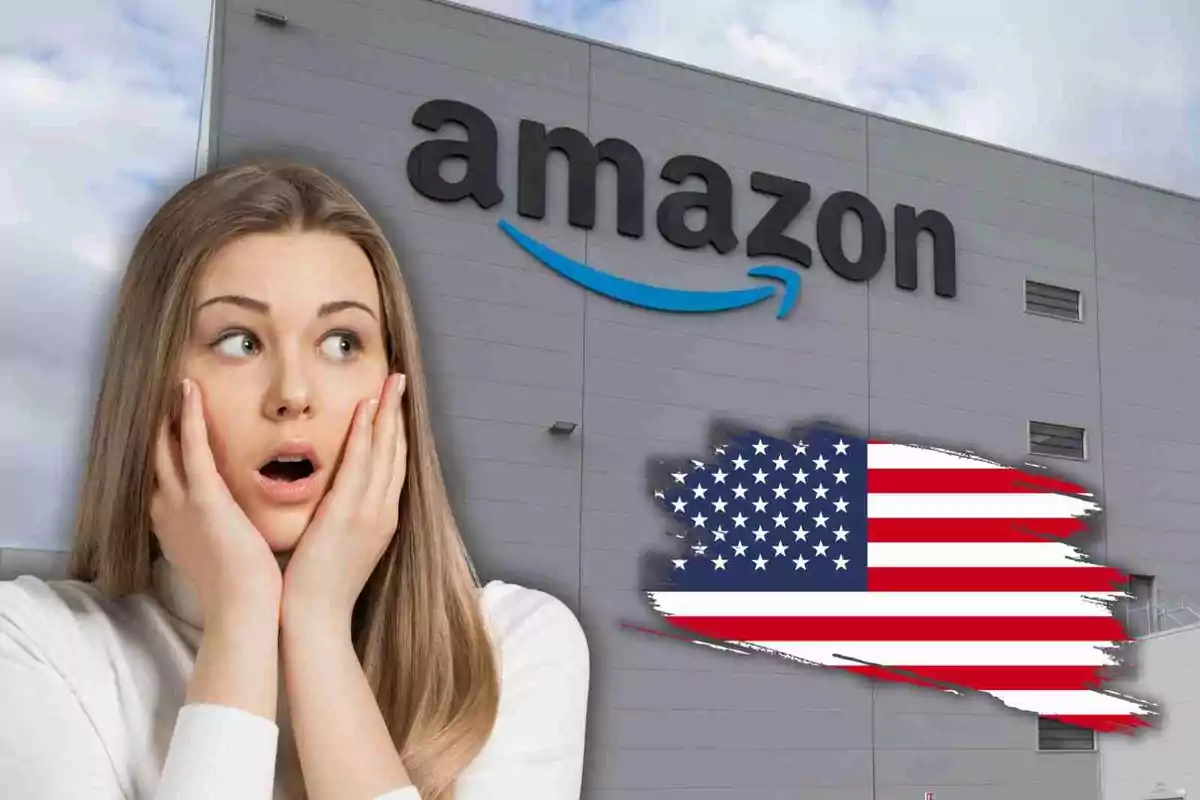
Walmart sends an urgent message to its members: same thing happens at Sam's Club
Retail giants adjust their strategy to reduce costs and retain customers in the United States
Amazon and Walmart, two of the largest retail giants in the United States, have started implementing a policy that was uncommon until recently. They offer refunds without requiring the customer to return the product. This measure, which surprises many shoppers, follows a business logic that prioritizes efficiency and cost savings.
A New Approach to Returns
The practice, known as "refund without return," is becoming increasingly common on e-commerce platforms. Although it may seem like a generous gesture, it is actually a calculated strategy. The chains want to avoid the high costs involved in the return process, especially for low-value products.

It is not a generalized rule. This policy is applied in specific cases, usually when the product is difficult to resell or its return represents a greater expense than the original price of the item. In other words, if it costs more to process it than to leave it with the customer, the best option for the company is to forgo it.
Frictionless Refunds: More Savings, More Loyalty
When a consumer initiates the return process, they sometimes receive an unexpected message. Instead of a shipping label, they get a notification that they can keep the item and that the money has already been refunded. This experience, far from frustrating, usually generates a positive perception in the customer.

The reason behind this is clear: returning products costs time and money. Each return must be reviewed, classified, and reintroduced into the system, which is not always feasible. Therefore, for items worth less than $20 or $30, and in some cases up to $75, companies like Amazon have chosen to avoid the complete procedure.
Walmart has also incorporated this policy, partly to compete more directly with Amazon. Other international platforms like Temu, Shein, and AliExpress have also followed this model, especially in long-distance shipments where the return cost is disproportionate.
Not All Customers Qualify
Although it seems like a universal policy, not all users have access to these refunds. To prevent abuse, companies have developed automated systems that analyze multiple variables. Purchase history, the frequency of returned items, and the logistical value of each product are just some of the factors considered.

Amazon and Walmart use algorithms designed to decide when it is convenient to allow the customer to keep the item. This ensures that the strategy benefits both the company and the user without leaving room for abusive practices. In the end, the key is to keep a balance between trust and operational sustainability.
With this approach, the retail giants not only reduce expenses but also strengthen their image as brands focused on the consumer experience. Although not all shoppers will receive this type of benefit, those who do will likely remember the attention received and return to shop again.
More posts: